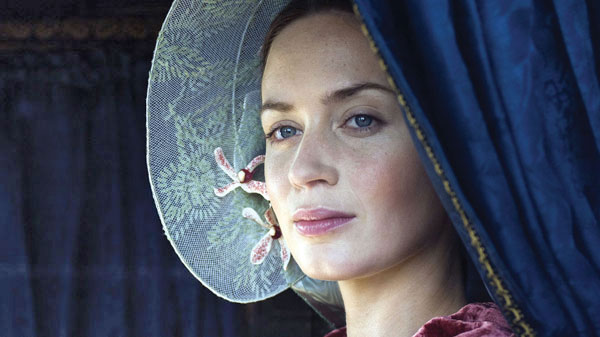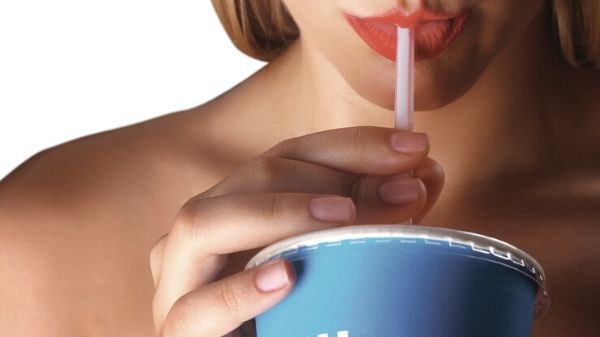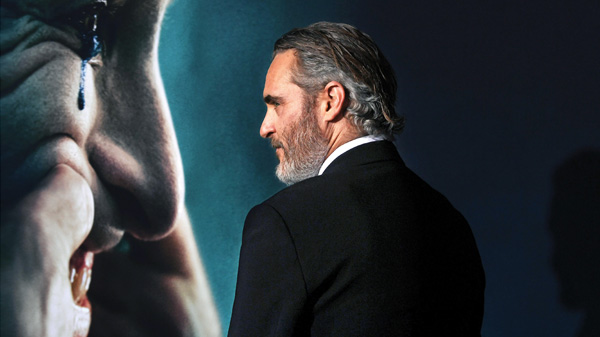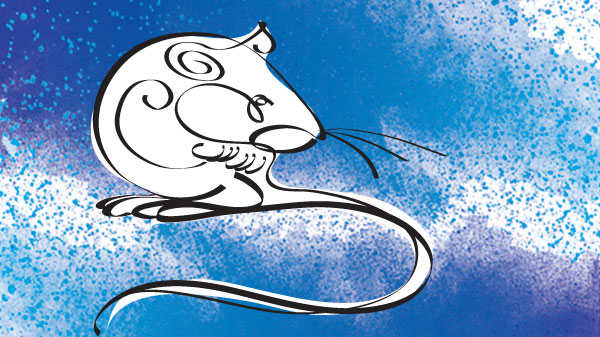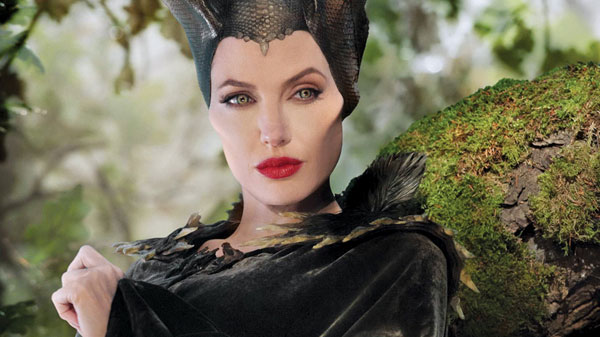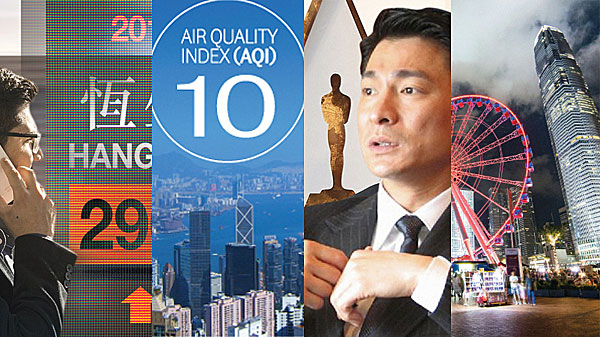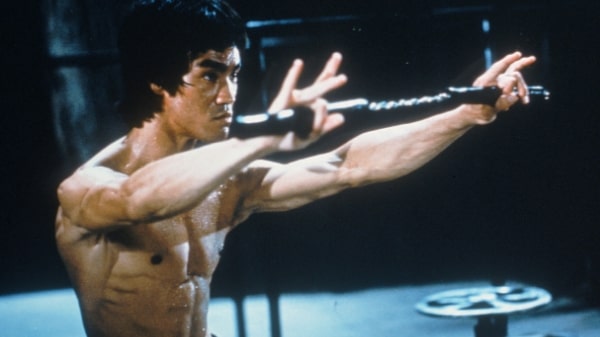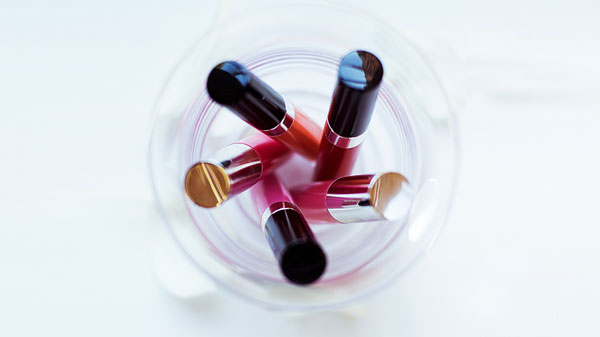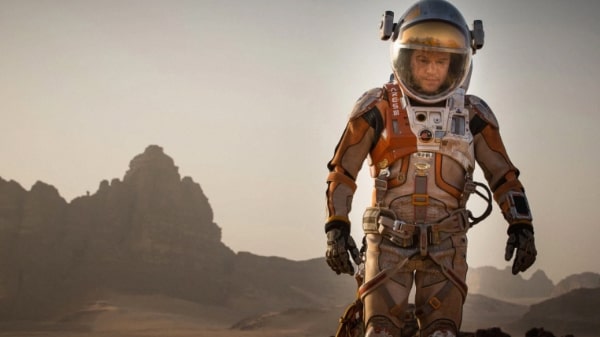If you were going to cast the anti-Hollywood – an untinsely town that was the very antithesis of the world’s most high-profile movie production centre – a very good place to start would be Wandsworth. One of London’s least-distinguished boroughs, it is home to a number of neighbourhoods – notably Balham and Tooting Bec – that are all but shorthand for dull places to live among many metropolitan Brits.

Nevertheless, it was here, on 23 February 1983, that one of Hollywood’s currently most-bankable icons – Emily Olivia Leah Blunt – first put in an appearance. Born into a Britain where unemployment had just hit an all-time high and where the tabloids of the day were going to town on the recent discovery of the lair of a serial killer (just 14 miles from where baby Blunt lay cradled), few would have put money on the fact that, 37 years later, she would be one of the world’s most in-demand actresses.
Indeed, the current level of her commitments is dizzying. Not only is she returning to cinemas this month in A Quiet Place Part II (a sequel to the 2018 smash hit horror movie she starred in alongside her husband John “The Office US” Krasinski), she is also tipped to be starring in The English, a new TV Western series coming courtesy of the BBC and scheduled to hit small screens globally next year. As if that was not enough, she and Krasinski are also rumoured to be in talks to play, arguably, the most famous couple in the Marvel comics universe – Sue and Reed Richards, a duo that makes up 50 percent of the Fantastic Four and are better known as, respectively, the Invisible Girl and the modestly-monikered Mr Fantastic.

To be fair, this is not quite the rags to riches story so beloved of paid Hollywood legend-makers. In fact, it would be something of an understatement to say that the young Emily was born into a life of obscurity. The second of four children, her father, Oliver, was a high-profile barrister, while her mother, Joanna, was herself an actress. Nor do the family’s claims to fame end there – her grandfather was a Major General and one of her uncles was a local Member of Parliament. While such a lineage is clearly no guarantee of success, it was – at the very least – something of a door-opener for the aspiring young actress.
There was however one very literal impediment on her road to cinematic acclaim – from the age of seven, the young Blunt suffered from a debilitating stutter. Looking back on that difficult time, she now says: “Stutterers don’t feel understood. It’s not psychological. It’s not that you’re nervous, it’s not that you’re insecure, it’s not that you can’t read, it’s not that you don’t know what you want to say. It’s neurological, it’s genetic, it’s biological. It’s not your fault.”
It took her seven years to finally overcome the problem and only then with considerable counselling and therapy from the American Institute for Stuttering. Clearly a great believer in paying her dues, she is now one of the New York-headquartered charity’s most high-profile patrons.

With this key obstacle out of the way, it wasn’t long after that when her star quality was spotted during a performance at her thesp-friendly sixth form college in Surrey. It was enough to secure her an agent and her first professional work swiftly followed. Her stage debut, though, didn’t see her appearing in just any old play.
No, aged 18, she took to the boards in a production of The Royal Family, a satire on a US acting dynasty directed by Sir Peter Hall, the former head of the UK’s National Theatre. Not only did this see the young actress appearing alongside true acting royalty – in the form of leading lady Dame Judi Dench – it also saw her singled out as the year’s Best Newcomer in the London Evening Standard’s annual theatre awards.
A string of other stage appearances followed before she made her TV debut in 2003’s Boudica, the tale of an ancient Celtic warrior woman. The following year she arrived – apparently fully-formed – on the big screen, winning widespread acclaim for her role as a young woman with romantic aspirations in My Summer of Love. From there, she was set on the fast track to Hollywood success.

Naturally, her talent and looks also caught the attention of a host of would-be Hollywood beaux. It was, however, ultimately a Canadian – the multi-award-winning singer-songwriter Michael Bublé – who she embarked on her first high-profile relationship with. It was not long after the two went their separate way that she was introduced to Krasinski, who was then riding high as the audience touch-point in The Office US, a remake of a highly-successful BBC comedy series. The two got engaged the following year and married in July 2010 in Italy. Speaking at the time, a clearly smitten Blunt described the moment Krasinski proposed saying: “All I can tell you is that there were flutes playing in the background, butterflies, there were angels showering us with rainbow drops.”
Some 12 years later, with the angels still clearly on their side, the couple have two daughters – Hazel (five) and Violet (three) – with both their off-screen and onscreen partnership both seemingly still going strong. Neither does marriage or maternity appear to have diminished her allure, with FHM magazine recently designating her as one of the world’s 100 Sexiest Women. Next up, she’ll be hitting Hong Kong cinemas on March 19 in the long-awaited A Quiet Place Part II.
Text: William Elliott
Photos: AFP



